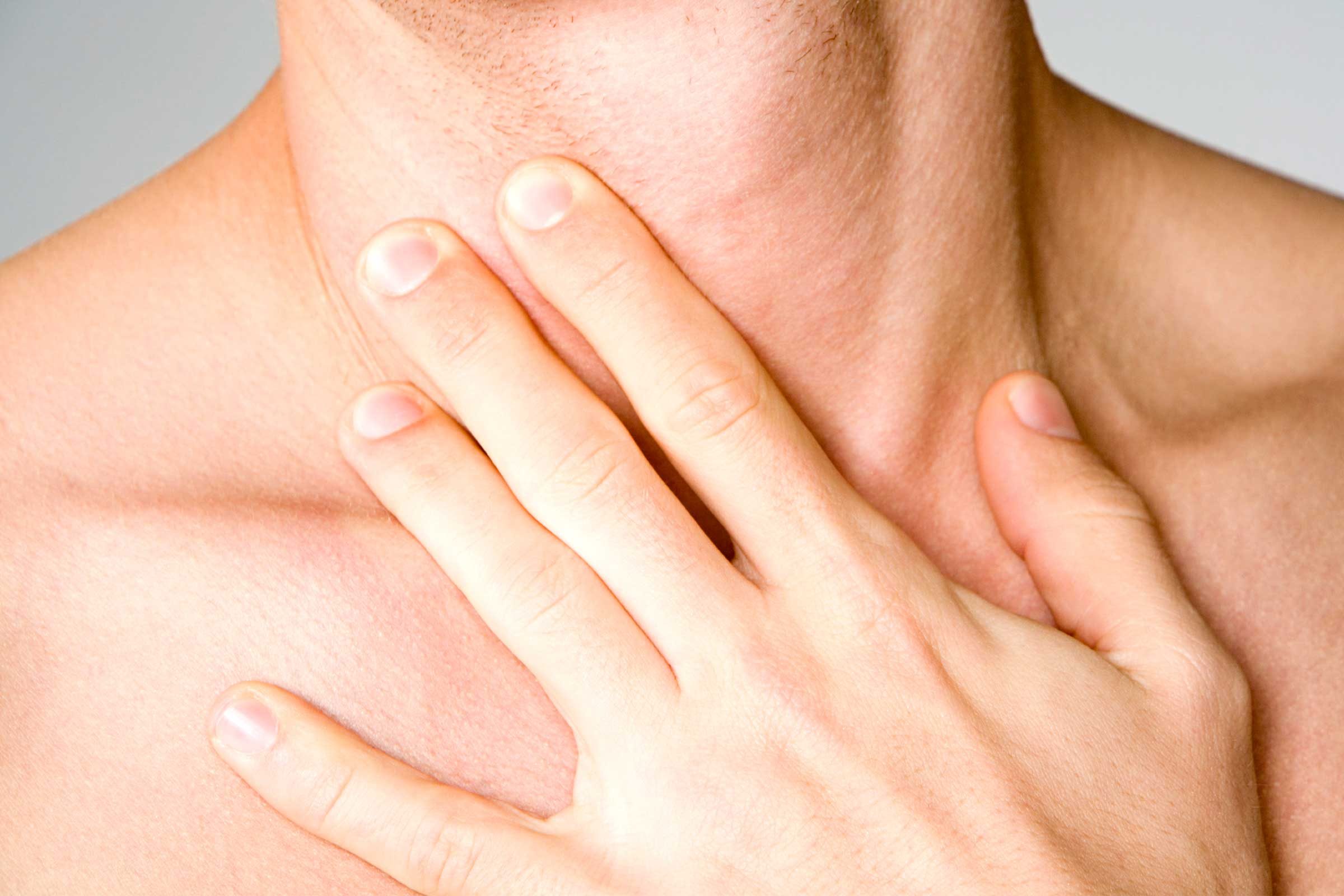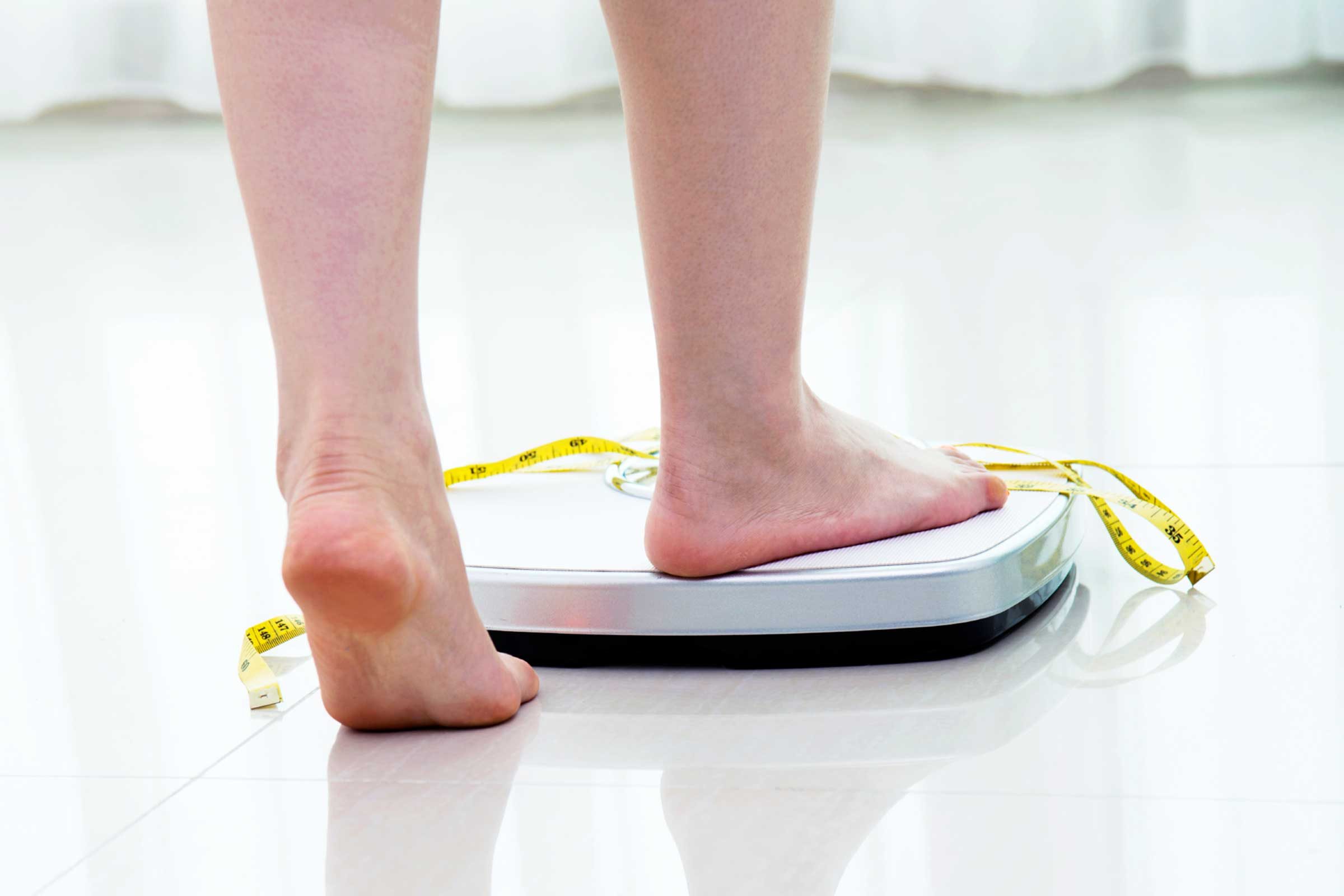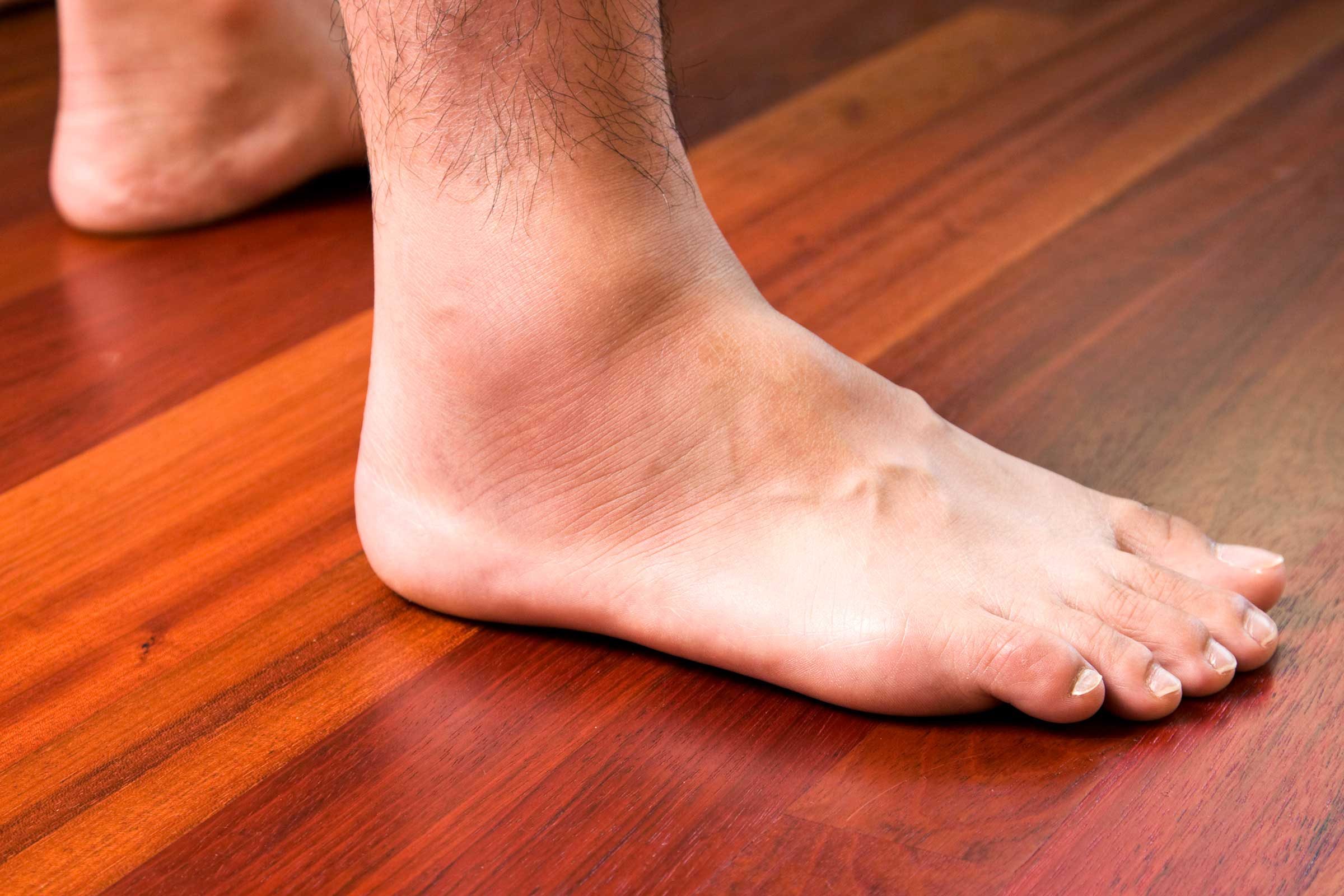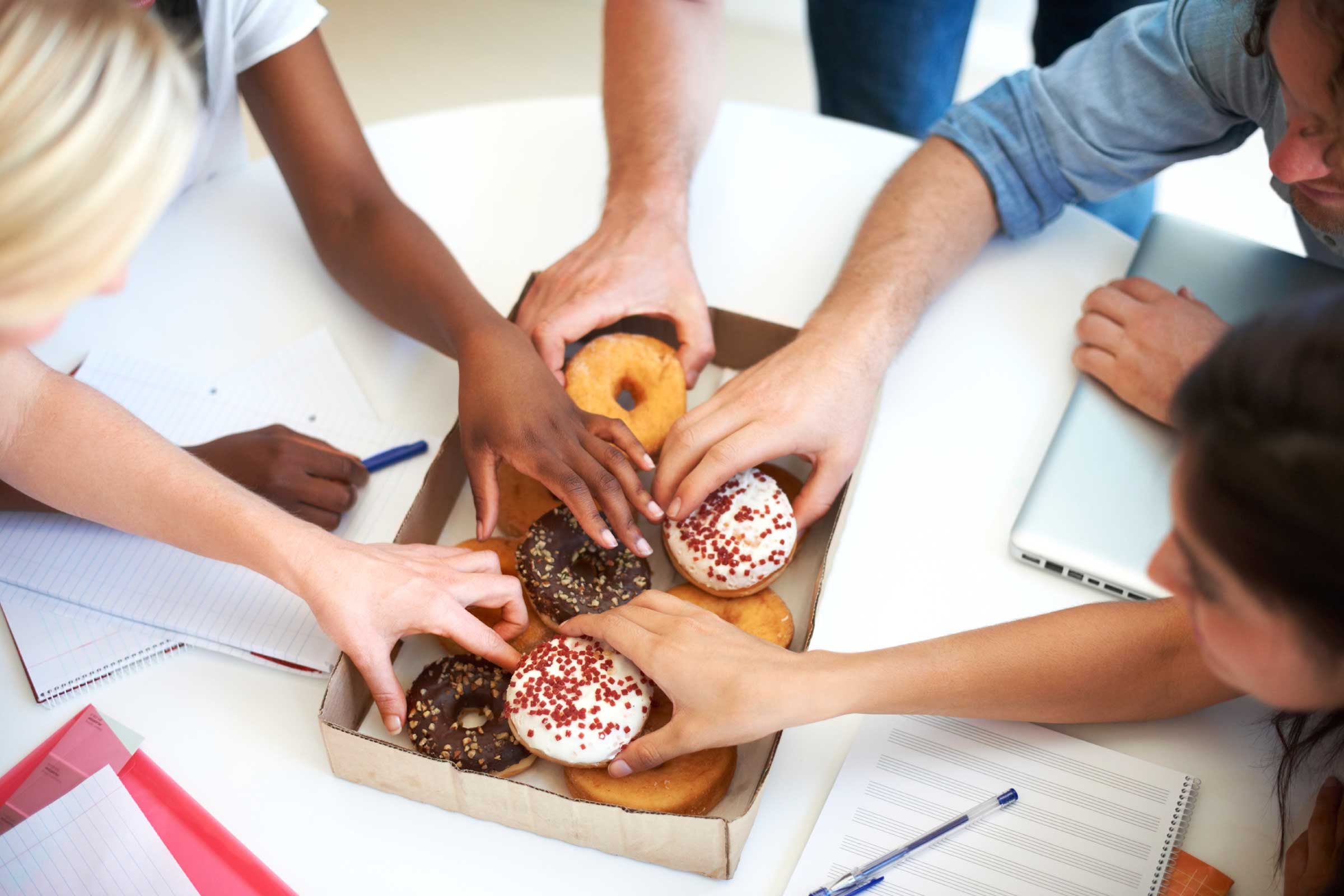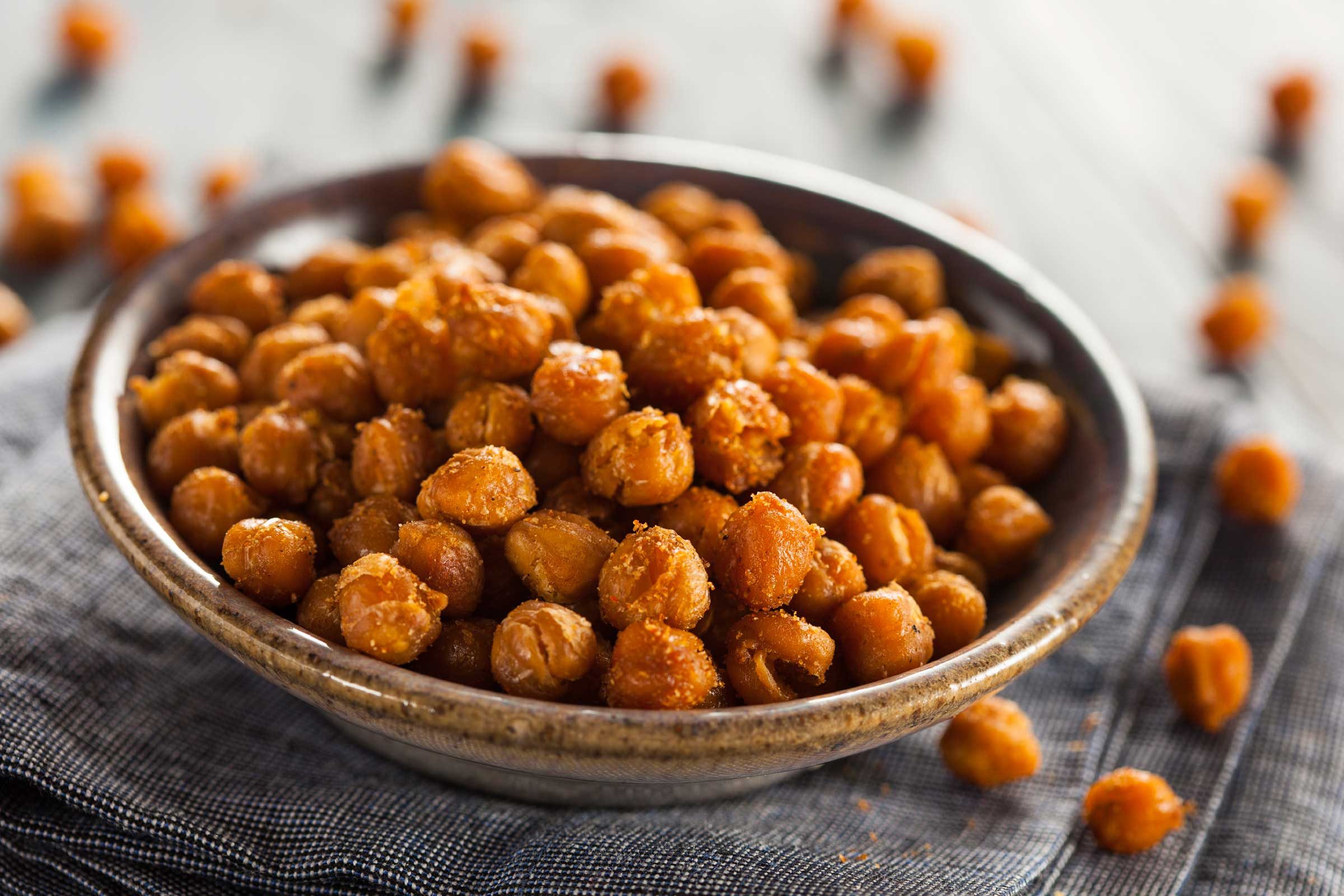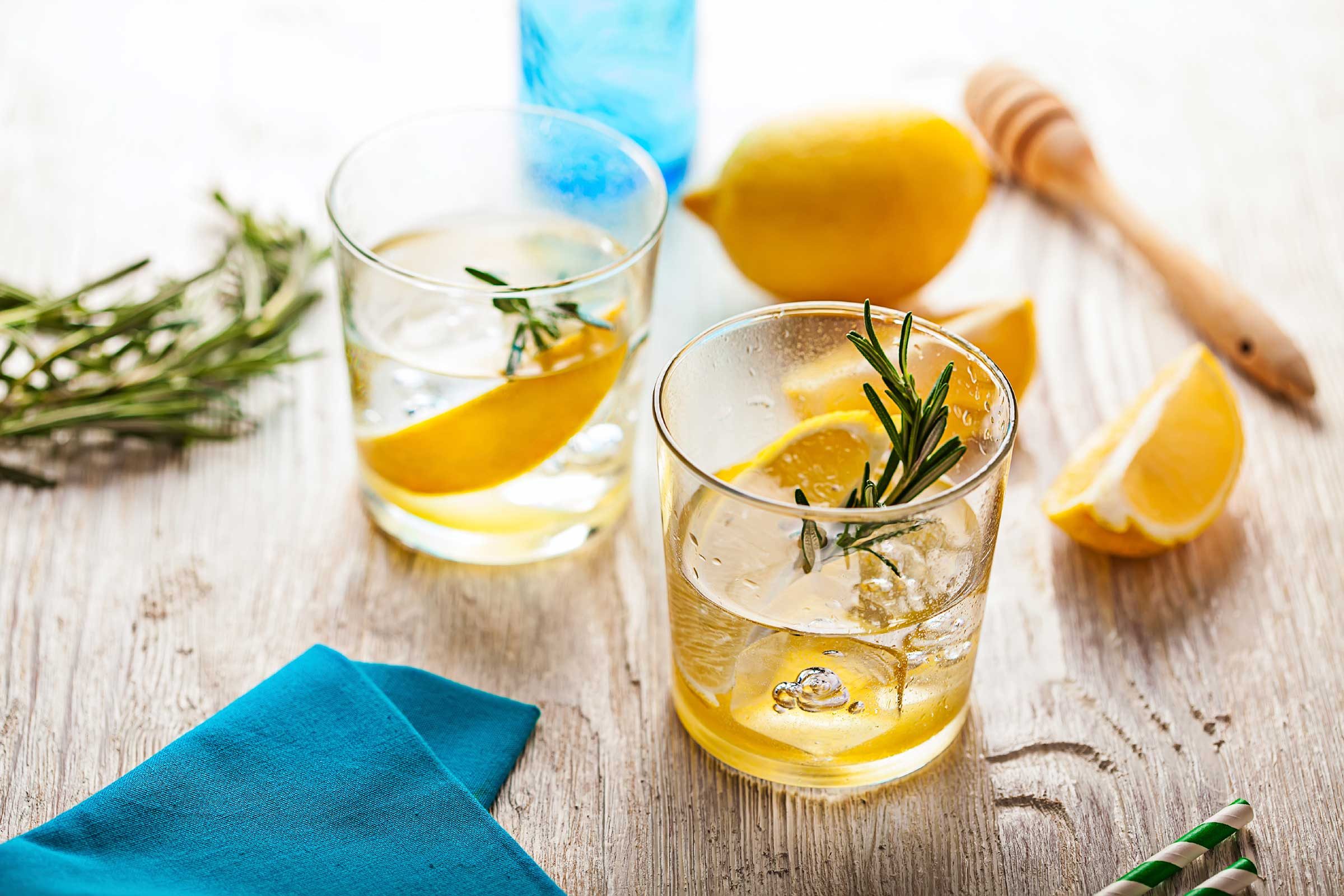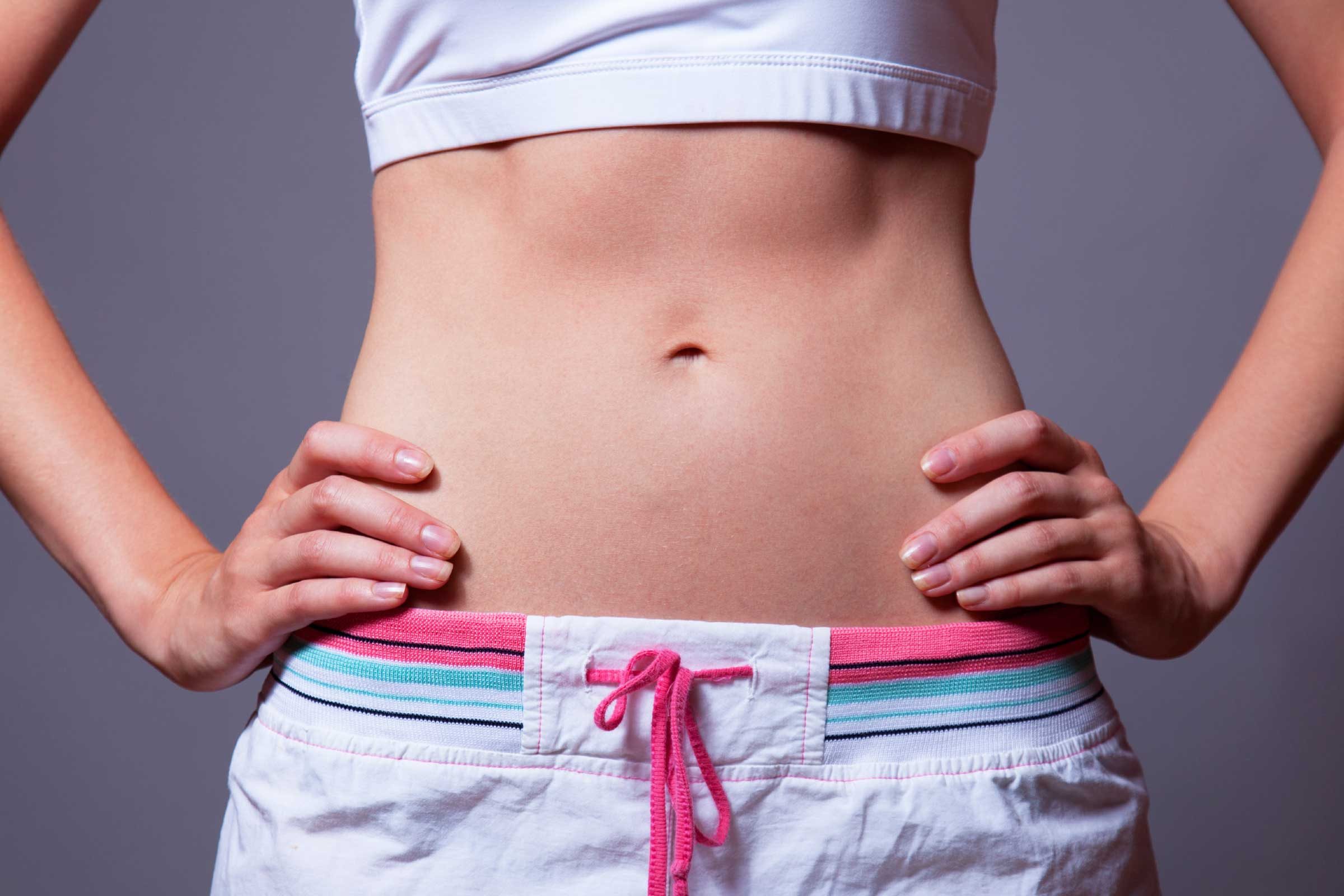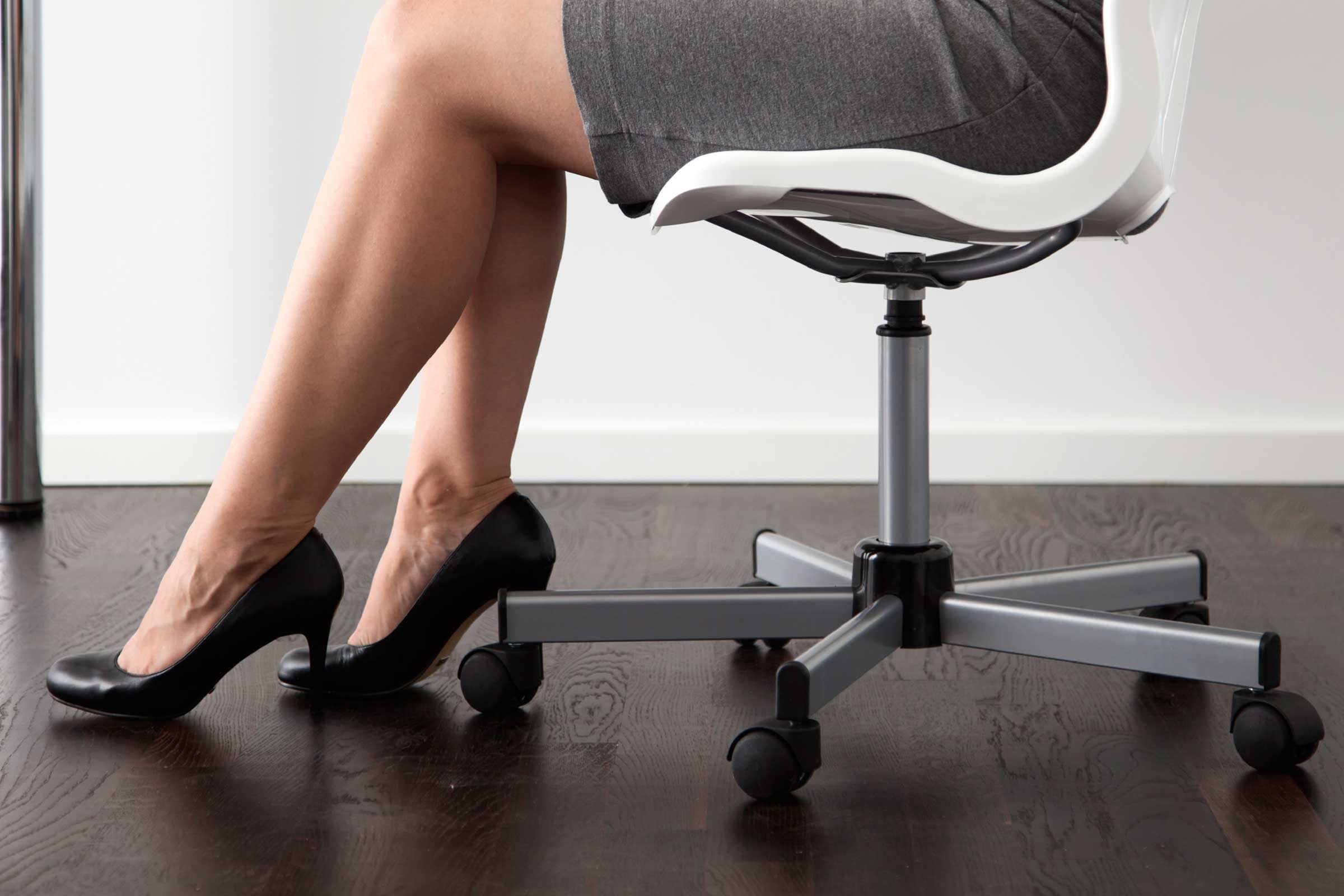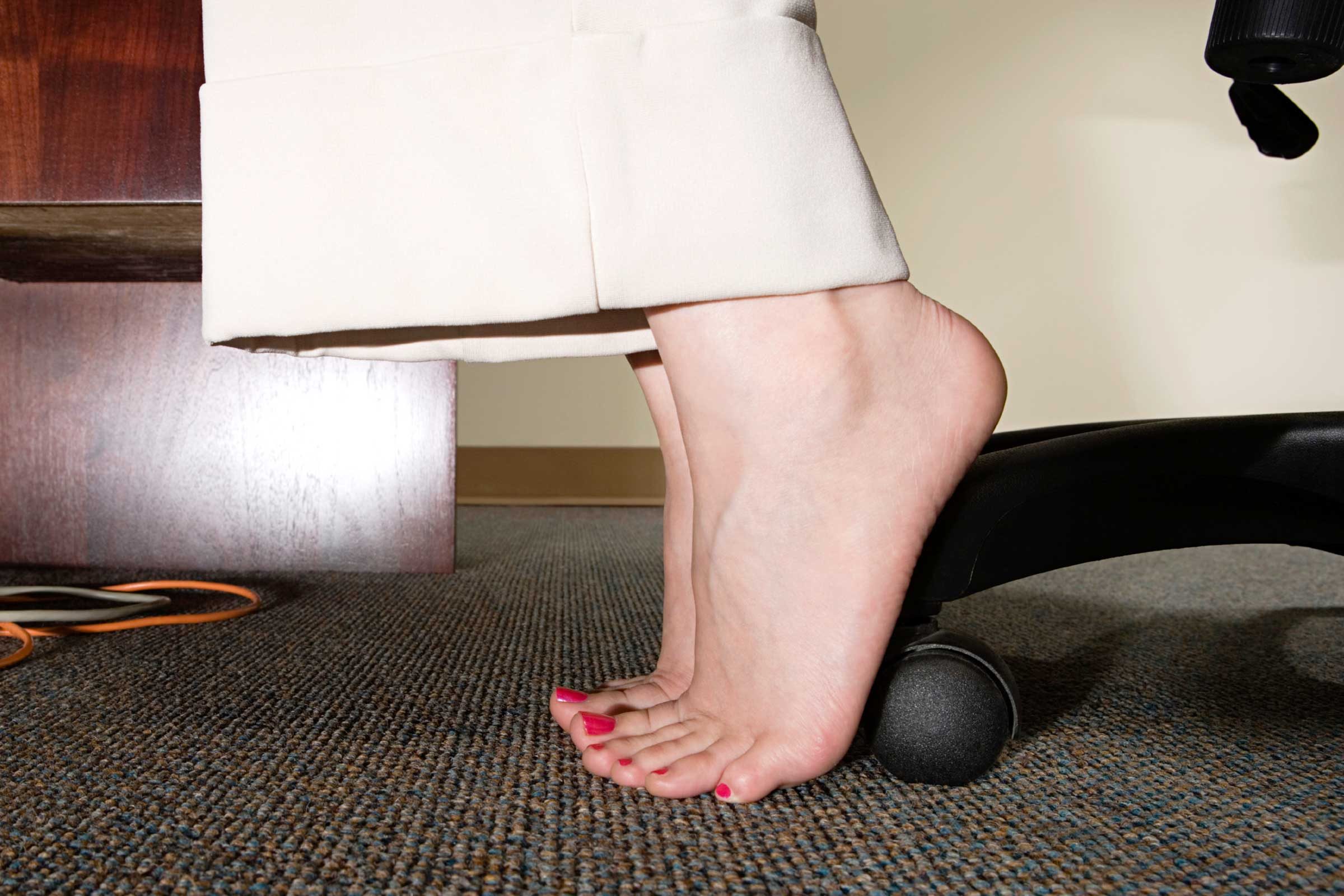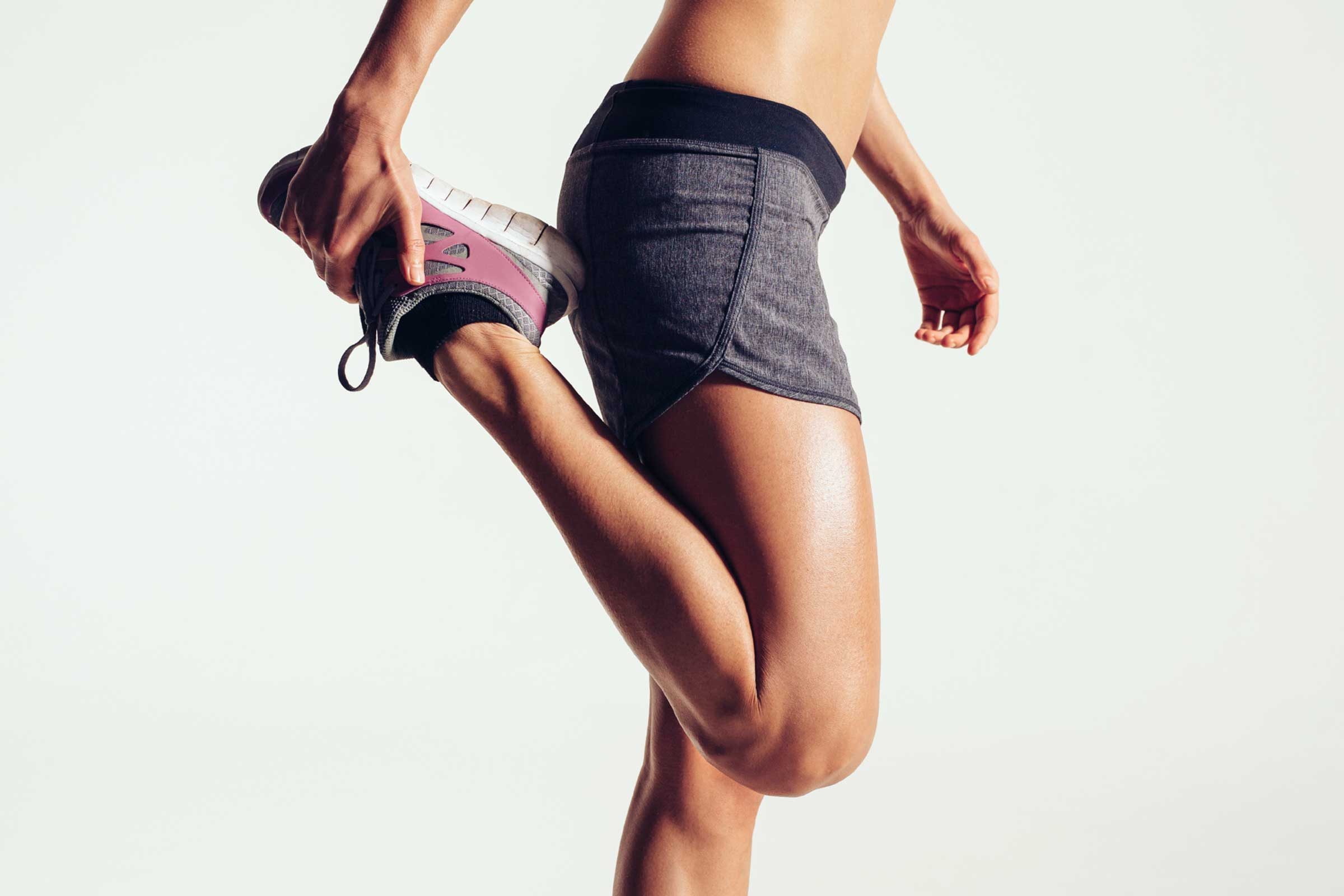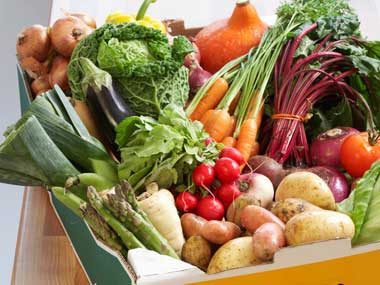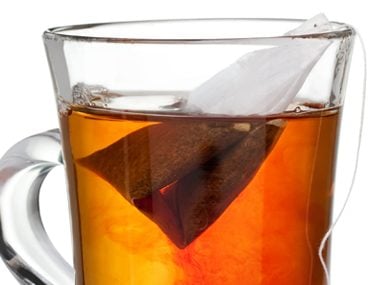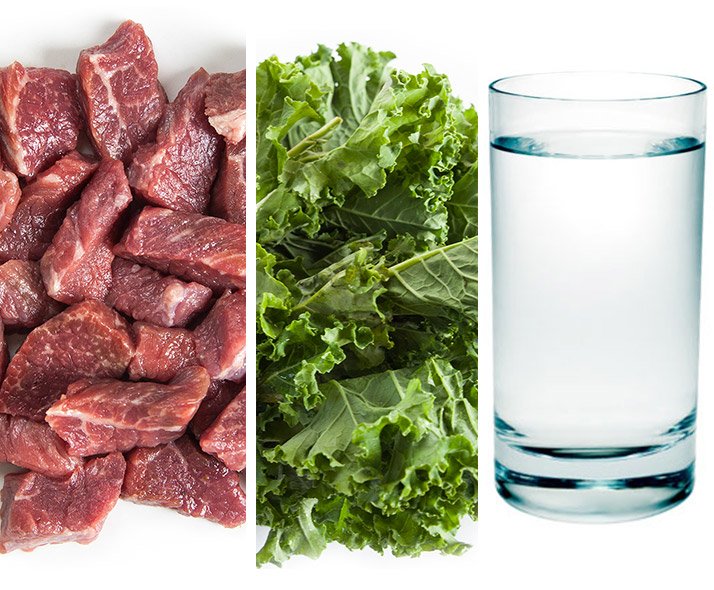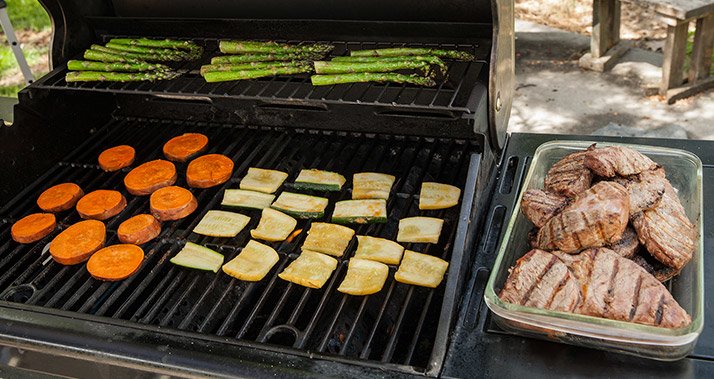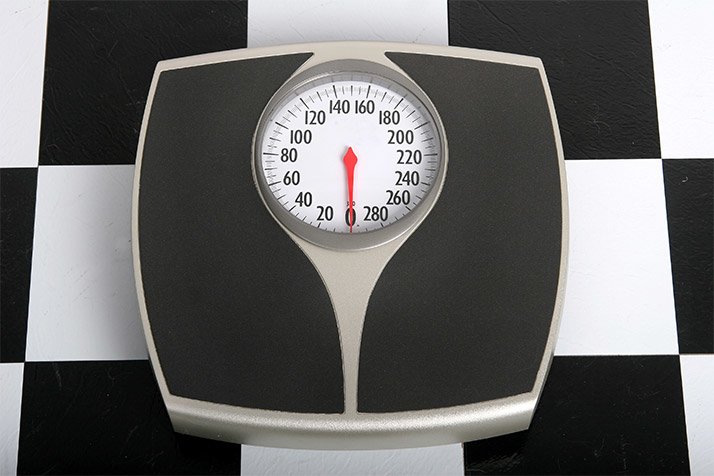You'll discover the real truth about low carb diets and a real solution to the problem of excess body fat that is beautiful in its simplicity, yet powerful in effectiveness. Read on to learn the 10 Lies about the Atkins diet and discover the truth!
Low carbohydrate diets such as Atkins have always been controversial, but with the recent wave of new research and publicity, the controversy is now raging hotter than ever. One headline in the San Francisco Chronicle said that the battle between the low and high carbers had become so heated since mid 2002 that "Knives had been drawn."
From my vantage point (as a health and fitness professional down in the trenches), it looks more like tanks, artillery and machine guns have been drawn! Tragically, the people being hurt the most by these "diet wars" are not the experts, but the dieters.
After its original publication in 1972, The Atkins Diet was regurgitated in 1992 as "Dr. Atkins New Diet Revolution," creating a new surge of interest in low carbohydrate dieting.
Then, in July of 2002, the controversy reached an all time high when the New York Times Magazine published an essay by Gary Taubes titled, "What if it's all been a big fat lie?" The article suggested that new research was now proving the late Dr. Atkins had been right all along.
More research in 2003 seemed to corroborate the Taubes story: Two studies in the New England Journal of Medicine in May of 2003, and another in June 2003 in the Journal of Clinical Endocrinology and Metabolism, suggested that Atkins was equally, if not more effective for weight loss than conventional diets - at least in the short term.
With the publication of this new information, Atkins supporters boasted, "See, I told you so," while their opponents fired back in defense of their high carb, low fat positions. Meanwhile, low carb foods and supplements became all the rage, bread and pasta sales took a nosedive and the wheat industry cried the blues.
With differences in opinion as opposite as the North and South Poles, it's become unbearably confusing and frustrating to know which weight loss method is best and safest. At the date of this writing, in late 2003, obesity has reached an all time high -AGAIN!
According to the Journal of the American Medical Association, 64% of Americans are overweight and 31% are obese, and it's still getting worse.
Obviously, the popular weight loss methods today - including the low carb diet - are still missing something? But what?
If you're confused by the whole high carb, low carb thing and if you're frustrated with your attempts at trying to lose weight and keep it off, then this may be the most important report you will ever read.
In the next few minutes, you'll discover the real truth about low carb diets and a real solution to the problem of excess body fat that is beautiful in its simplicity, yet powerful in effectiveness. Read on to learn the 10 Lies about the Atkins diet and the truth that will set you free?
LIE 1 /// THE ATKINS AND OTHER LOW CARB DIETS DON'T WORK
If your definition of what "works" is quick weight loss, then the Atkins Diet DOES work. Recent studies showed that the Atkins Diet causes greater weight loss than the American Heart Association-recommended high carb, low fat diet.
In fact, for obese people with disorders of carbohydrate metabolism (hyperinsulinemia, hypoglycemia, and insulin resistance), Atkins-style diets have been shown to work especially well.
However, if your definition of what "works" is permanent fat loss, then the Atkins diet doesn't fare so well... but then again neither do any other diets. It seems that despite some encouraging initial successes, Atkin's dieters still face the same difficulties in keeping off the weight as everyone else.
Some of the same studies showing rapid weight loss on Atkins in the beginning also showed substantial weight gain as soon as the diets ended.
Truth is, a growing body of evidence is mounting that carbohydrate restriction can accelerate weight loss in the short term, but it has yet to be proven that it keeps the fat off in the long run.
Which approach towards low carb dieting is best is also up for debate: Not all low carb diets are high fat or ketogenic and not all are "ultra-low" in carbs. A low carb diet can be low in carbs and high in fat, it can be low in carbs and high in protein, or it can be somewhere in the middle.
I predict that continued research will discover that moderate carbohydrate restriction (especially in a cyclical fashion) and careful selection of carbohydrates, will in fact assist with fat loss via hormonal control, metabolic efficiency and appetite regulation.
I believe that neither extreme - the severely restricted low carb diet (ketogenic diet) or the very high carb, low fat diet - will emerge the victor.
LIE 2 /// THERE'S A TON OF NEW RESEARCH PROVING THE ATKINS DIET IS EFFECTIVE
If you surf around the Internet for a while searching for "Atkins Diet," you are likely to see a lot of advertisements and news briefs pointing to the new research "proving" that Atkins is effective.
"New England Journal of Medicine Vindicates Atkins diet."
"Studies suggest Atkins diet is safe."
"New research challenges 30 years of Nutritional Dogma."
Truth is, these headlines are not giving you the full picture.
Until and unless you have closely examined these studies and the researcher's interpretation of the results, don't be so quick to believe the diet hearsay and gossip.
The general conclusion of nearly all these studies is that Atkins IS equally if not more effective for short term weight loss than conventional diets. However, nearly all the researchers also conclude with remarks such as:
"The results are very preliminary,"
"The take-home message is that this diet deserves further study."
"More research is needed."
Furthermore, consider what the Atkin's diet was being compared to in these studies: The traditional "food pyramid" diet with 60-65% carbs including plenty of pasta, cereals and bread, right?
What if the traditional high carb diet is wrong too?
Don't write off carb restriction completely, but don't ditch all your carbs yet either?
LIE 3 /// THE NEW STUDIES PROVE THAT THE ATKINS DIET IS HEALTHY AND DOESN'T RAISE CHOLESTEROL AS PREVIOUSLY BELIEVED
In a May of 2003, the results of a 12-month study on the Atkins diet were reported in the New England Journal of Medicine (NEJM). One group followed the traditional food pyramid with 60% of the calories from carbohydrates while the second group followed the Atkins diet.
After one year, Atkins participants had a greater increase in the good HDL cholesterol and a larger drop in triglyceride than the high carb group.
The leader of the study, Gary Foster said, "Our initial findings suggest that low carb diets may not have the adverse effects we anticipated."
Conventional wisdom has dictated for years that saturated fat and cholesterol were dangerous and unhealthy, contributing to coronary heart disease. This led most health professionals to condemn low carb diets that allowed large amounts of saturated fat.
This belief is now being questioned. Many authors such as Mary Enig and Uffe Rashnkov have presented compelling cases that dietary cholesterol and saturated fat do not cause heart disease. The latest research seems to confirm this. However, many factors affected the results of these new studies.
In some studies, the subjects did not follow the Atkins Diet to exact specifications and never entered ketosis, so conclusions about saturated fat, dietary cholesterol, ketosis and coronary health cannot be drawn yet.
In other studies, cholesterol-lowering drugs were used. And in still others, some subjects actually showed increases in total cholesterol. Those who did show improvements may have previously been on a high refined sugar, high saturated fat diet and dropping the sugar was one step in the right direction.
Furthermore, some of the drop in blood cholesterol could be attributed to the decrease in body weight.
Clearly, you can't lump all dietary fats into the same category. Processed and chemically altered trans fats have been condemned by virtually every health and nutrition expert on the planet.
Other fats, like salmon and fatty fish, are among the healthiest and cardio-protective foods you can eat. Much evidence is showing that reasonable amounts of naturally occurring saturated fats such as those found in whole eggs and red meat also need not be feared (especially in the absence of sugars).
Truth is, all the information we have available at this time indicates the "fat phobia" and "fat makes you fat" scare has been unfounded because not all fat is the same. However, claims that diets very high in overall and saturated fat are healthy and safe for long term use are still premature.
LIE 4 /// THE ATKINS DIET WILL HELP YOU KEEP FAT OFF FOR GOOD
Dr. Atkins writes that his diet "Is so perfectly adapted to use as a lifetime diet that, unlike most diets, the weight won't come back."
It's a weight loss axiom that the more extreme a diet and the faster the weight loss, the more difficult it usually is to maintain the results. Slow, steady and balanced seems to win the race when it comes to weight control.
Unfortunately this isn't what most people want to hear. The four pounds per week and up to 15 pounds in the first two weeks that Atkins promises sounds much more impressive.
There are two things you really need to know about rapid weight loss:
What kind of weight was lost? How much of it was body fat and how much was water, glycogen and lean tissue?
Are you going to keep the weight off for good?
Most low carbers won't keep the weight off for more than a year, and many will fall off the wagon long before that.
Keith Ayoob, a spokesperson for the American Dietetic Association, said in an official ADA statement about the 2003 NEJM studies: "Twelve months is an equalizer; you hit a wall. Your lifestyle starts to be affected and you get bored. A high dropout rate is a sign that extreme diets can be difficult to maintain.
Truth is, despite Dr. Atkin's claims and the new research apparently supporting them, we still don't know what will happen in the long run. Based on the results of the recent three, six, and twelve month studies, researchers have begun to organize longer trials. One of them will be five years in length.
What I believe you will see in long term studies is that Atkins and other low carb diets, while effective for weight loss in the short term, will be found no more effective for long term fat loss than any other restrictive diet (and that's NOT very effective).
LIE 5 /// CALORIES DON'T COUNT AND YOU CAN EAT AS MUCH AS YOU WANT WHILE ON THE ATKINS DIET
Dr. Atkins proposed that calories don't count and he advised his clients to eat as much as they want while on his program. Atkins wrote, "The so called calorie theory has been a millstone around the necks of dieters and a miserable and malign influence on their efforts to lose."
Here's the truth about calories and low carb diets:
When you go on a very low carb (ketogenic) diet with more fat, your appetite is diminished and you feel fuller (because fat is more satiating than carbs).
Appetite control may be a legitimate benefit of the Atkins diet, especially for individuals who struggle with hypoglycemia, hunger and cravings. As Dr. Atkins points out, "Our physical urges are hard to combat."
However, this does not mean you can eat as much as you want. It means that your hunger may be blunted on Atkin's plan, causing you to automatically eat less without counting calories or even thinking about calories.
People on the Atkins diet who lose weight are not eating more than they burn and losing fat in spite of it. Whether you count calories and consciously eat fewer than you burn, or you don't count them and unconsciously eat fewer than you burn, either way, the end result is the same.
While counting calories in the literal sense is clearly not always necessary, you always have to be aware of calories and portions. No diet or special combination of foods can override the law of calorie balance.
Anyone who believes that you can eat as much as you want and still lose weight is living in a dream world.
LIE 6 /// A BRAND NEW STUDY JUST PROVED THAT THE ATKINS DIET GIVES YOU A METABOLIC ADVANTAGE SO YOU REALLY CAN EAT AS MUCH AS YOU WANT
A 12 week study conducted by the Harvard School of Public Health and presented in October 2003 to the North American Association for the Study of Obesity found that subjects on a low carb regimen lost just as much weight as those on a standard high carb, low fat diet.
The shocking part was that the group on the Atkins diet could eat 300 more calories than the group eating the conventional high carb food pyramid diet. This left researchers scratching their heads saying:
"It doesn't make sense? it defies the laws of thermodynamics."
"A lot of our assumptions about a calorie is a calorie are being challenged,"
Unfortunately, some of the Atkins troops were quick to interpret the results as meaning, "See, I told you calories don't count."
Actually, calories do count and the explanation for these results is quite simple.
A calorie is NOT just a calorie. If all calories were created equal then a 2000 calorie diet of Krispy Creme doughnuts would have the same effect as a 2000 calorie diet of chicken breast and salad vegetables. Do you think these two diets will have the same effects on your health and body composition?
Certain foods and certain diets DO give you a metabolic advantage. One advantage is the effect of a diet's composition on your hormones; namely insulin and glucagon.
A second advantage is called the thermic effect of food. The thermic effect of food means that a certain number of calories are used just to digest and absorb the food, leaving a net calorie value substantially less than the total amount of caloric energy that was contained in the food.
For example, a lean protein food such as chicken breast has a thermic effect of around 20-30%. This means that for every 100 calories of chicken breast consumed, the NET energy utilized by the body is only 70-80 calories. (Some people call this "negative calories.")
Stated differently, this means you really CAN lose weight on a higher calorie intake if you eat foods with a high thermic effect.
What's especially interesting -providing confirmation of the metabolic advantage of a high protein diet - is that the foods provided in this study were low carb, but NOT typical Atkins fare. Instead of lots of red meat and saturated fat, the subjects in this particular study ate mostly fish, chicken, salads, vegetables and unsaturated oils.
I think the study's director, Penelope Green, hit the nail on the head when she said, "Maybe they (the low carb, high protein group) burned up more calories digesting their food."
Truth is, not one study has ever proven that you can "eat as much as you want" on Atkins or any diet. Even when a diet provides a metabolic advantage, AFTER that advantage is factored in and you look at NET calorie utilization, you are still left with the calories in versus calories out equation.
LIE 7 /// THE ATKINS DIET CAUSES FASTER AND GREATER FAT LOSS THAN CONVENTIONAL DIETS
Most health, medical and nutrition organizations recommend that you lose weight (body fat) at a rate of no more than 2 pounds per week. In his book, Dr. Atkins says that the average weight loss in the first two weeks on his plan is 8 to 15 pounds.
Like many diets, Atkins overstresses total weight loss (and quick weight loss), while not stressing enough the difference between body weight, body water, body fat and lean body mass.
Truth is, low carb diets definitely cause greater weight loss, especially in the initial phases. But this is mostly due to a large drop in water weight and glycogen (stored carbohydrate), not necessarily increased fat loss.
Weight loss is the wrong goal! Your goal should be permanent fat loss and you should be measuring and tracking your body fat percentage and lean body mass on a regular basis.
Don't gloat over large, rapid "weight losses"? it might be mostly water and muscle.
LEE 8 /// CARBOHYDRATES MAKE YOU FAT
Dr. Atkins wrote, and I quote, "Carbohydrates are the very food that makes you fat." He also wrote, "Diets high in carbohydrates are precisely what most overweight people don't need and can't become slim on."
These are very misleading statements of half-truth.
The "carbs make you fat" myth is probably the most pervasive and damaging lie about weight control ever told. It's caused tremendous confusion and frustration to already confused and frustrated dieters.
First, focusing primarily on any macronutrient (protein, carbs or fat) or macronutrient ratio should be secondary to energy balance. What makes you fat is eating too many calories.
Truth is, you can't blame all "carbohydrates" as a group for why we are getting fatter. What type of carbohydrates are we talking about? There are good carbs and bad carbs. The "bad" carbs are the refined ones; white flour and white sugar products like white bread, white pasta, sugar sweetened cereals, candy and soft drinks.
To avoid confusion, I would suggest never using the word "carbohydrate" without putting the adjective "refined" or "natural" in front of it.
Ironically, Dr. Atkins does make this distinction in his book, yet he still chose to recommend removal of almost ALL carbs during the induction and weight loss phases of his diet - even the good carbs that are proven healthy. This creates rapid weight loss and the appearance of a hugely successful diet right from the first week.
Again, the real questions are: What kind of weight was lost and can you keep the weight off for good?
A healthy, maintainable fat burning diet should be centered on natural foods - and for most people, that includes natural carbs in moderation - not the total removal and demonizing of all carbohydrates.
LIE 9 /// KETOSIS MAKES YOU FEEL BETTER AND DOESN'T AFFECT YOUR PERFORMANCE
Your body is a remarkable machine that is fully capable of adapting to whatever fuel is provided in predominance. You can burn protein, fat, or carbs for energy. However, carbohydrates are your body's preferred - and most efficient - fuel source for vigorous physical activity.
Many low carbers believe that fat is a more efficient energy source than carbohydrates, but this is not true. Fat is not a more efficient energy source, it is only a more concentrated energy source.
Since the fuel for muscular contraction is carbs (glycogen) a high fat, low carb diet is not the best approach to fat loss for athletes, bodybuilders or highly active individuals. These diets simply don't support high intensity training.
Very low carb diets might be appropriate for the sedentary, severely overweight, or those with orthopedic conditions that prevent any exercise. It seems that ketogenic diets take off weight even with little or no exercise (although the weight won't be pure fat and you may not keep it off).
Some Atkins dieters even report feeling more energetic after adapting to the low carbs and higher fat. It's likely, however, that most of them were relatively inactive. Low carbs and high activity don't go well together.
Truth is, a more balanced diet of natural foods combined with exercise is a much better way to take off pure fat for good.
Anyone who CAN exercise SHOULD exercise! Of the two methods for creating a calorie deficit - burning more, or eating less - the former is the superior method with far fewer downsides.
Any fat loss program that does not make exercise the centerpiece is ultimately destined for failure.
LIE 10 /// KETOGENIC DIETS (VERY LOW CARB) ARE THE SECRET TO FAT LOSS
The term "low carb" is used very broadly. To some, a diet like the Zone, which consists of 40% carbs is "low carbs." To others "low carb" is more extreme. A ketogenic diet is a VERY low carb diet, usually between 40-70 grams of carbs per day or less. The induction phase of the Atkins diet is limited to only 20 grams per day.
Because they allow virtually no carbohydrate, Ketogenic diets, by definition, are extremely strict and nutritionally unbalanced. It's an irrevocable law that the more "extreme" a nutrition program is, the greater the side effects will be and the more difficult the diet will be to stay on.
Dr. Atkins claimed, "Ketosis is the secret weapon of super effective dieting."
Truth is, while some recent studies have suggested low carb diets do work, not a single study has proven that it's necessary to restrict carbs so severely that you go into ketosis.
The benefits of reduced carbs and more protein include a higher thermic effect, appetite regulation and hormonal control. What the low carb folks don't want you to know is that a moderate reduction in carbohydrates (and/or removal of processed carbs) is often all it takes to get these benefits, while being much easier to maintain for the long haul.
WHAT IS THE BEST WAY TO ACHIEVE PERMANENT FAT LOSS?
Dr Atkins made many excellent points about weight control in his book. He spoke out on the evils of processed carbohydrates. He identified carbohydrate sensitivity and hyperinsulinemia as contributing factors in obesity.
He spoke of the metabolic advantage of high protein. He pointed out that there may not be a direct one to one correlation between saturated fat, dietary cholesterol and heart disease.
The fact is, Dr. Atkins - to his credit - had discovered some important facts about weight control, and had the courage to publish and stand by them long before anyone else did. In the end, unfortunately, he drew some questionable conclusions from this information and, like so many other diet gurus, he left out some large and important pieces to the puzzle.
If permanent fat loss were as simple as removing carbohydrates from your diet, then why has obesity surged to an all-new high in 2003 and why are there so many Atkins failures?
Could it be possible that the conventional high carb, low fat food pyramid approach and the Atkins diet approach have BOTH missed the mark, and that the optimum diet for permanent fat loss is somewhere in the middle?
Could it be possible that dieting is the absolute worst way to lose body fat and that the proper type of exercise program combined with a more balanced approach to nutrition is the answer?
One of the biggest errors weight loss seekers make today is to accept one philosophy completely or reject it completely, taking a side and "taking up arms" to defend their position without considering the alternatives.
Most of the weight loss philosophies being promoted today contain valid points, but as a whole, are a total mish mash of truth, half-truths and lies.
That's why, for over 20 years, I have literally turned myself into a human guinea pig in my search for a sensible and healthy method of permanent fat loss. I studied and then personally tested the ketogenic diet, the high carb diet, low fat diet and nearly every other diet in between.
I found good points and bad points in all of them, many of which I have already revealed to you in this report.
I then compiled all the positive points of each fat loss method into a structured format, while discarding all the negatives. What emerged was nothing short of remarkable: An all-natural system that has allowed me to peak at a body fat level of 3.4% and to maintain my body fat at 9% or less all year round? without drugs, extreme diets, or unnecessary supplements. It's worked for thousands of other people too.
If you would like to learn exactly what I discovered about permanent, natural fat loss from two decades of study and experimentation... and if you'd like to learn how it can help you escape the diet wars for good, and finally achieve the body you've always wanted, I encourage you to visit my fat loss web page at www.burnthefat.com and take a look for yourself.
SOURCE BY :
http://www.bodybuilding.com/fun/venuto1.htm





